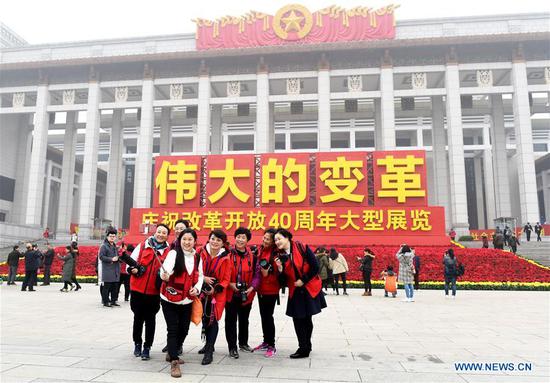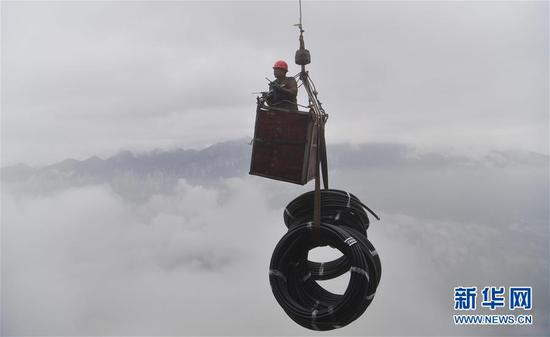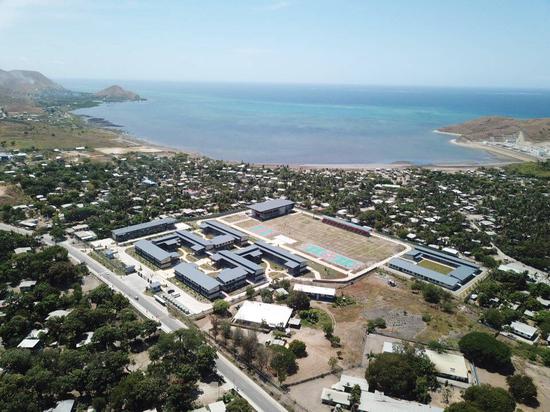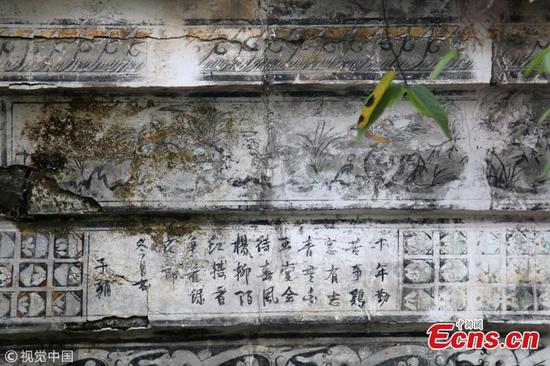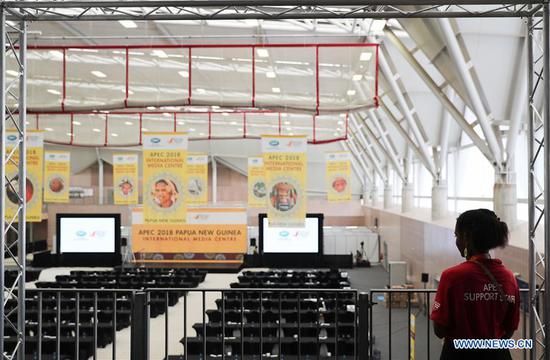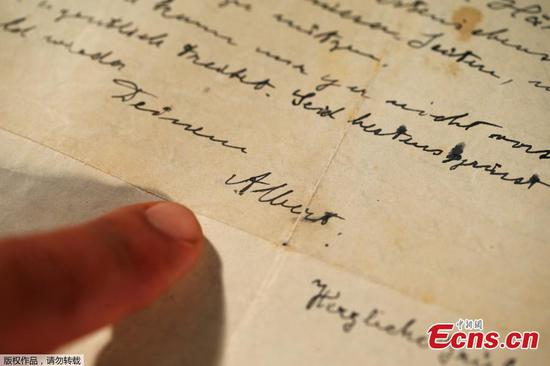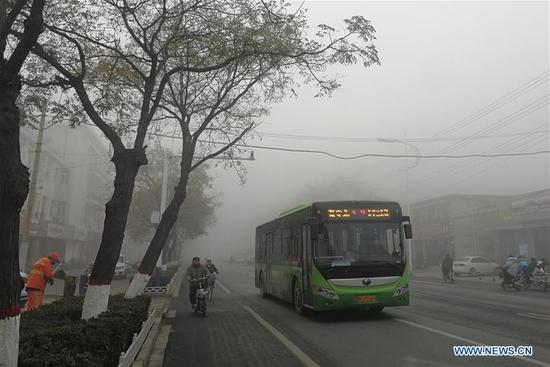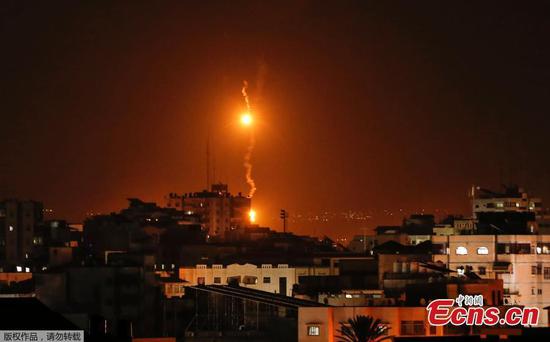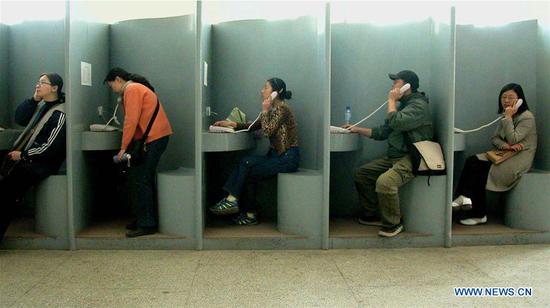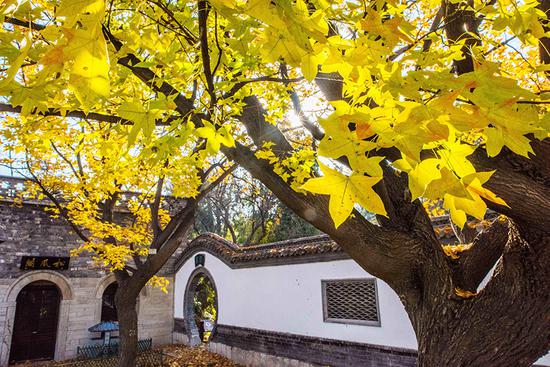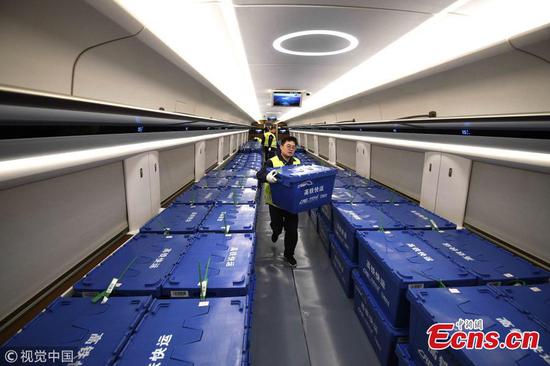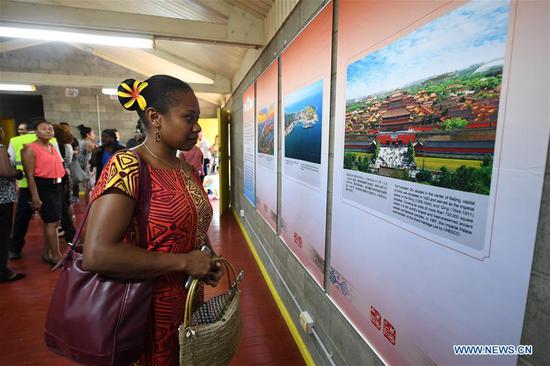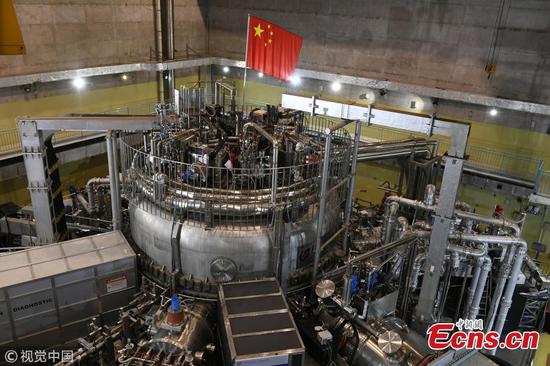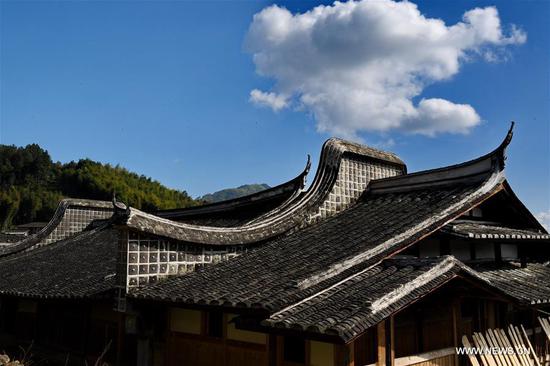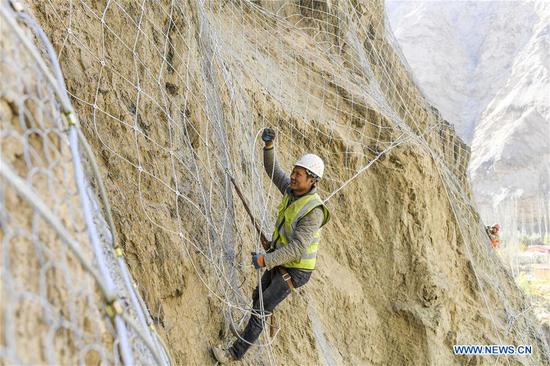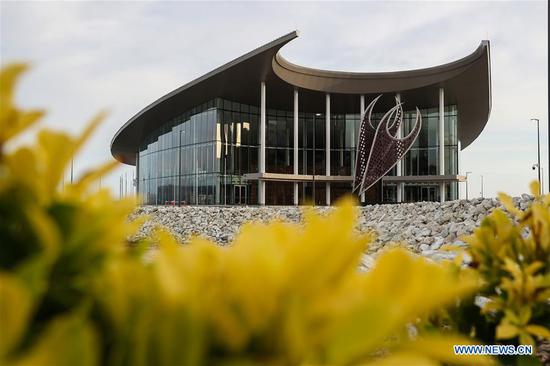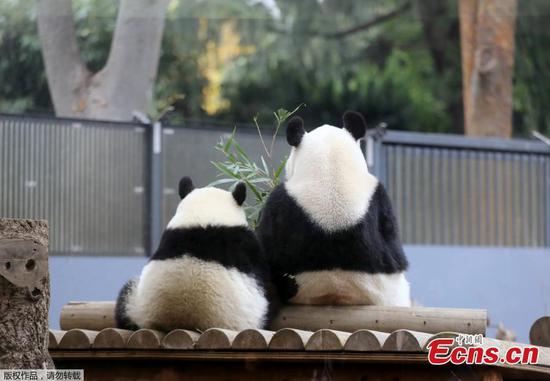The lack of wind will produce challenging seasonal conditions
With autumn nearly over and winter just around the corner, the Beijing-Tianjin-Hebei cluster has seen four bouts of smog since the start of October due to unfavorable weather conditions, including lack of wind and a stable atmosphere.
According to the national observatory, such unfavorable conditions are likely to be experienced during the winter.
The heating season in northern China officially started on Thursday and will end on March 15. The heaviest pollution in the Beijing-Tianjin-Hebei cluster occurs during this period, and weather conditions this year will mean the control situation will be "grim", according to authorities and officials.
With emissions remaining high in the heavily industrialized cluster, meteorological conditions, such as wind speed, will continue to play a decisive role in air quality for a long time, according to these sources.
This is despite ongoing efforts to strengthen air pollution governance, including replacing coal with clean energy sources and shutting down small factories that emit pollutants.
The officials and experts said that while government efforts have greatly reduced air pollution density, it will become increasingly difficult to cut the level further because this work takes time.
'Very stressful'
This year, the Ministry of Ecology and Environment, the country's top environmental authority, set a goal of reducing the average intensity of PM2.5, a major air pollutant, by 3 percent year-on-year from Oct 1 to March 31 in the Beijing-Tianjin-Hebei cluster. However, last year the goal was set at 15 percent.
The cluster includes 28 major cities in the Beijing and Tianjin municipalities, and Hebei, Shandong, Shanxi and Henan provinces.
"It's very stressful to achieve this goal. The task is very arduous," said Liu Youbin, a spokesman for the ministry.
He denied that the reduction in the target means efforts have eased this year, adding, "That's a misunderstanding of the action plan."
The progress on pollution control made last autumn and winter in the cluster was due not only to government efforts, but also to favorable weather conditions.
Experts' calculations show that favorable conditions contributed to one-third of the improvement, or 8.5 percent of the decrease in PM2.5 density, Liu said.
The average PM2.5 density in the cluster stood at 78 micrograms per cubic meter last autumn and winter, down by 25 percent year-on-year, according to the ministry.
Ai Wanxiu, chief forecaster at the National Climate Center, said China will generally experience a warmer winter than in recent years, which means that atmospheric conditions will tend to be stable because of weak cold air from the north, making it difficult to disperse pollutants.
As air pollution control efforts continue, and while there has been an obvious improvement in air quality, the scope for emissions reductions has been reduced.
"The adjustment of structures (such as transportation and land use) cannot be done overnight and there will not be any immediate results... We need to fully recognize the difficulties and complexities in future air pollution control work. It will be increasingly difficult to reduce PM2.5 density," Liu said.
According to Wang Jinnan, head of the Chinese Academy for Environmental Planning, coal consumption in Beijing, Tianjin, Hebei, Henan, Shandong and Shanxi comprises 33 percent of the national total, despite these areas only occupying 7.2 percent of the country's territory.
Meanwhile, the area is home to 43 percent of the nation's steel production, 45 percent of coke output, 31 percent of plate glass, 19 percent of cement, 60 percent of bulk pharmaceutical chemicals and 40 percent of pesticides. A total of 28 percent of crude oil is also processed in the region.
Wang, an academician at the Chinese Academy of Engineering, said in an interview in July that the pollutants emitted from the consumption of 1 metric ton of bulk coal are 10 to 15 times those emitted from coal used for power generation.
A total of 60 million tons of bulk coal is consumed in the 28 major cities in the Beijing-Tianjin-Hebei cluster and in the Fenhe and Weihe river plains, which are also plagued by heavy air pollution.









